Application:
Planting on the walls of buildings, wall fences, sound-absorbing screens, special structures designated for climbing plants.
The creeper green walls are one of the simplest and cheapest solutions that can be used in cities. Depending on the species selection used, additional climbing supports are required or not. The supports are selected, among others due to the way the stems are sticking to vertical surfaces and their weight. Some species grow up to 20 meters high, taking up a small area (around 0.5 m2 at the sidewalk). They have a high active foliage area ratio which makes them more efficient than trees in oxygen production or air purification. Many species of creepers are resistant to harsh environmental conditions (there are also those that tolerate high shading) and can be successfully used in cities.
They can be planted in the ground at the foot of the wall or in special containers that are placed on the façade of the building.
Other criteria for selecting climbers according to the environmental conditions are:
– Solar radiation exposure preferences (full sun, partial shadow, shadow)
– A specific tolerance to the moisture content of the substrate, soil or air impurities – when planting the walls located near the traffic arteries.
Decorative effect:
Depending on the species, they can be very decorative – thanks to their abundant and long flowering – they can also have decorative foliage that is attractive in autumn, and there are also many evergreen species among them.
| Type of climbing organ | Type of support | Example of creeper species | |
| 1 | Root attachment | There is no need for specially prepared supports. | Hedera helix |
| 2 | Adhesive pads | There is no need for specially prepared supports. | Parthenocisus quinquefolia and Parthenocissus tricuspate |
| 3 | Tendrils | Ropes and gratings | Ampelopsis aconitifolia, Vitis riparia |
| 4 | Sticky tails | Ropes and gratings | Clematis sp., |
| 5 | Spinning shoots | Ropes and gratings | Akebia quinata, Celastrus orbiculatus, Fallopia aubertii, Lonicera periclymenum |
Based on: https://zielonyfront.pl/Pnacza-ABC-ZIELONYFRONT.pdf
Types of support for creepers:
The structures for supporting creepers are mainly of different kinds of grids, ropes made of galvanized or stainless steel. We also plant creepers in the so-called modular trellis with built-in pots in which creepers are planted. This allows plants to be placed on the façade of the building at significant heights.
Time for the wall to be greened depends on the plant species used (some of them may reach a height of up to 25 m in a few years). They also have different foliage densities, which may affect the final effect of the “living façade”. For example, Virginia creeper has a large and dense mass of leaves.
Examples:
The BUW – Warsaw University Library.
The BUW – the Library of the Warsaw University located on Dobra street in Warsaw is an example of a building where creepers perform the function of the facility’s façade. The building blends in perfectly with the surrounding landscape.
Thanks to its green façade, the library changes its form depending on the season. The species of creepers used: Parthenocissus quinquefolia and Parthenocissus tricuspidata, Vitis coignetaiae.
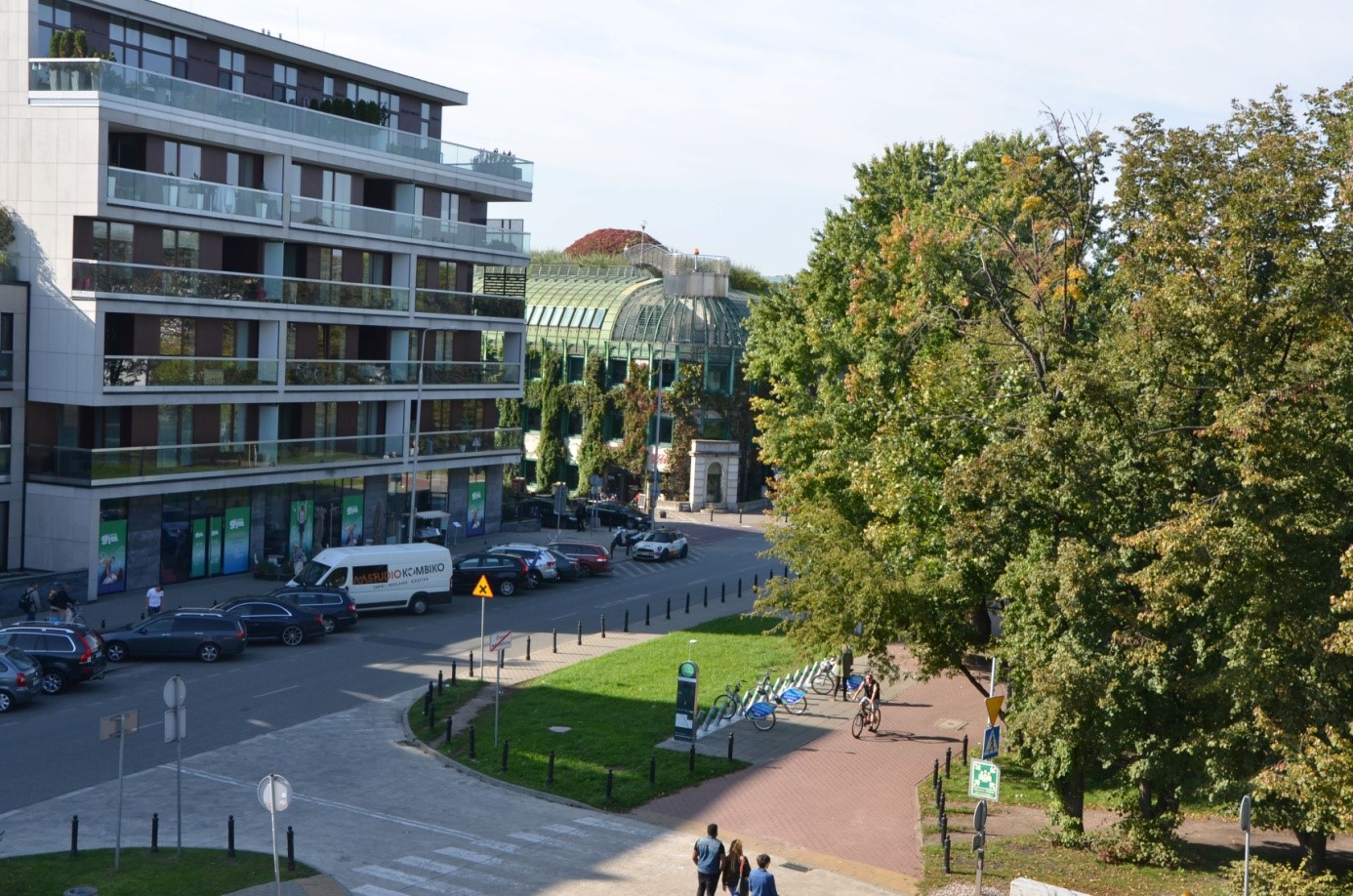
Planting on the free-standing walls.
Creepers are ideal for filling unsightly walls, concrete or brick fences. An example from Sarmacka Street in Warsaw – planting a concrete wall with Virginia creeper and ivy shows how to create a green urban interior easily and cost-effectively.
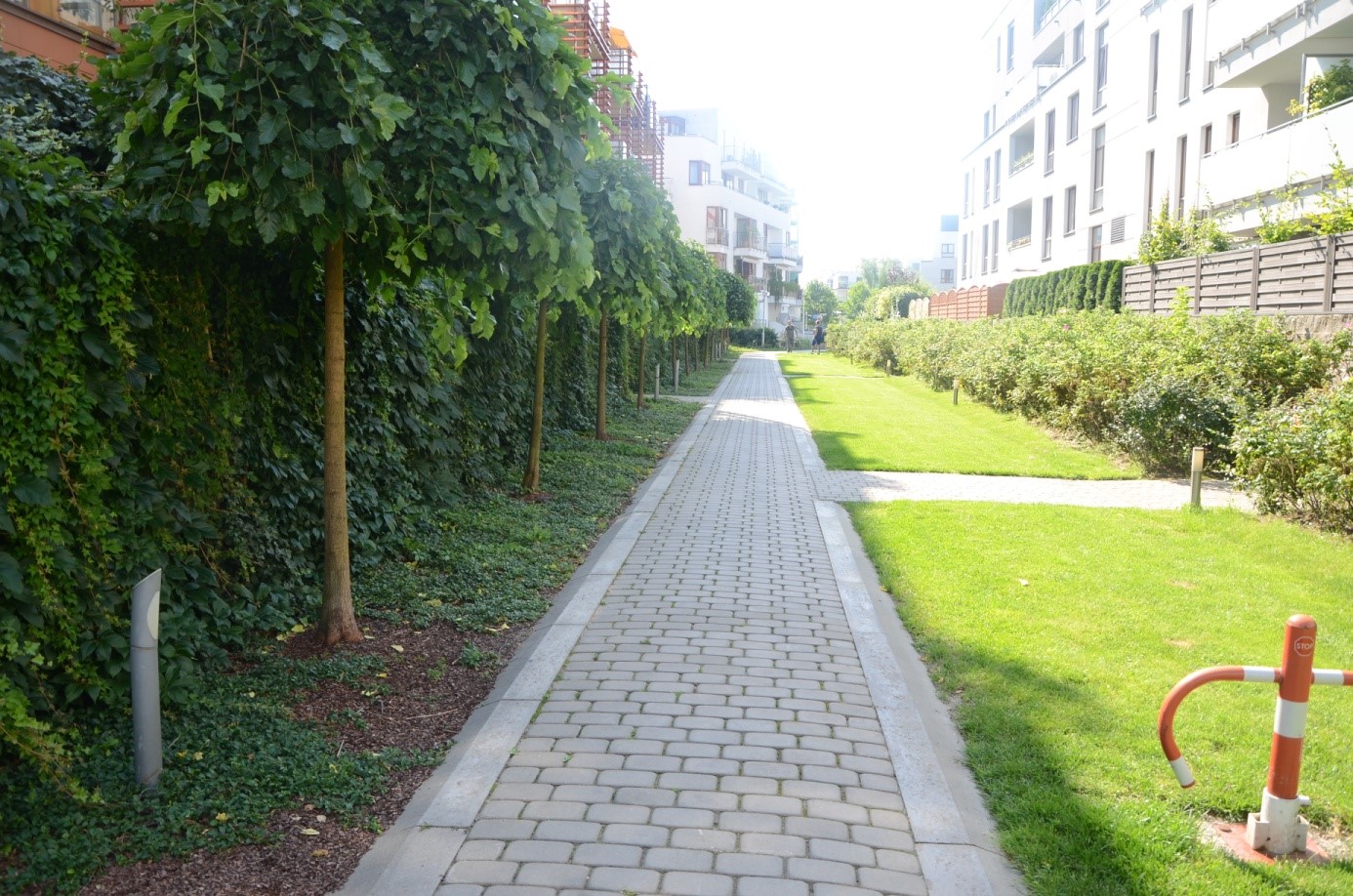
MFO park
The park was built in degraded areas, shaped by a metal pavilion. The park is open on three sides, and the structure is covered with many species of flowering creepers. There are also hanging terraces in the pavilion that you can walk and look at from different perspectives. The roof of the pavilion, which is a sunny terrace, is also used. Rainwater is utilized for watering plants, the excess of which is stored in a specially adapted water tank. Climbers are planted in the ground, but also in pots – at different heights. To green the metal structure, among others, wisteria, vines, actinidia and many other species were used. The variety of the species used makes the whole site attractive throughout the growing season.
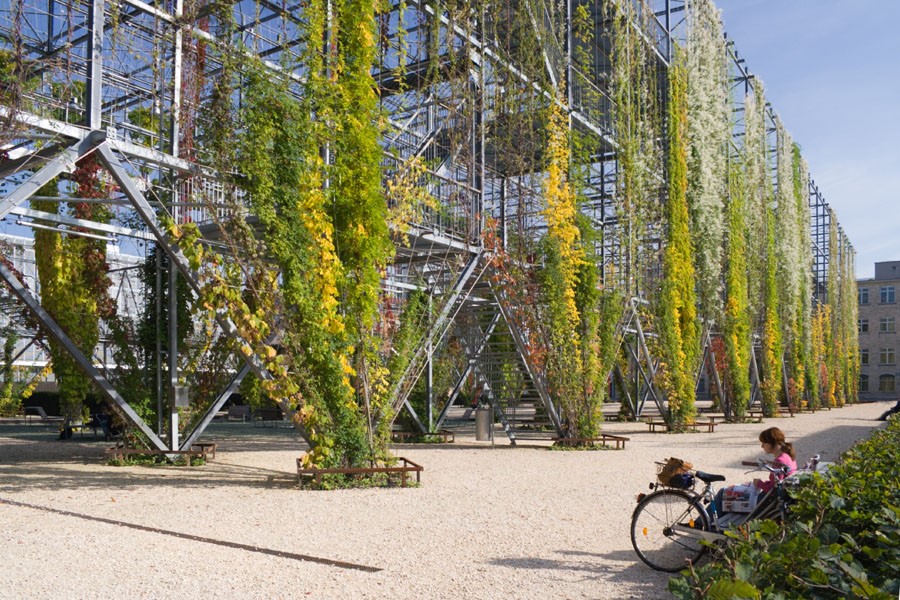
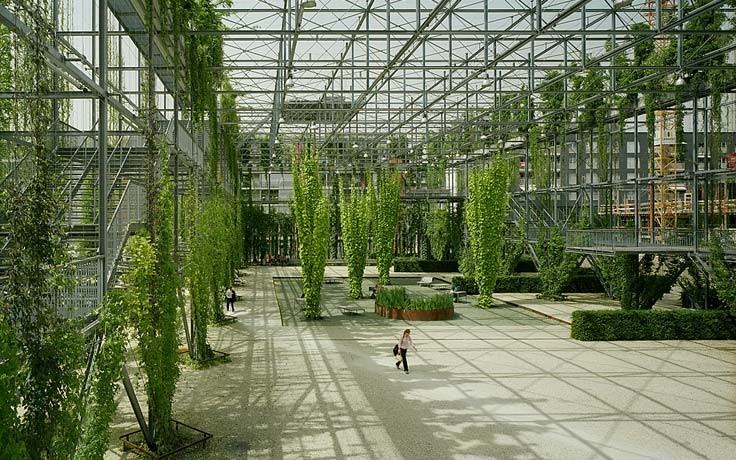
A building in Chile
The green façade on the Consorcio Santiago Offices building was created to protect from excessive heating of the office interiors. In this case, the creepers create a coating that absorbs the rays of the sun. This hanging garden has a surface area of 2700 m2. The creepers also vary seasonally, which allows for the variation of the urban tissue.
Fig “A seasonal change in coloring of the creeper green wall of the Consorcio Santiago Offices, Chile.” https://www.e-architect.com/images/jpgs/chile/consorcio_santiago_building_eba280708_10.jpg
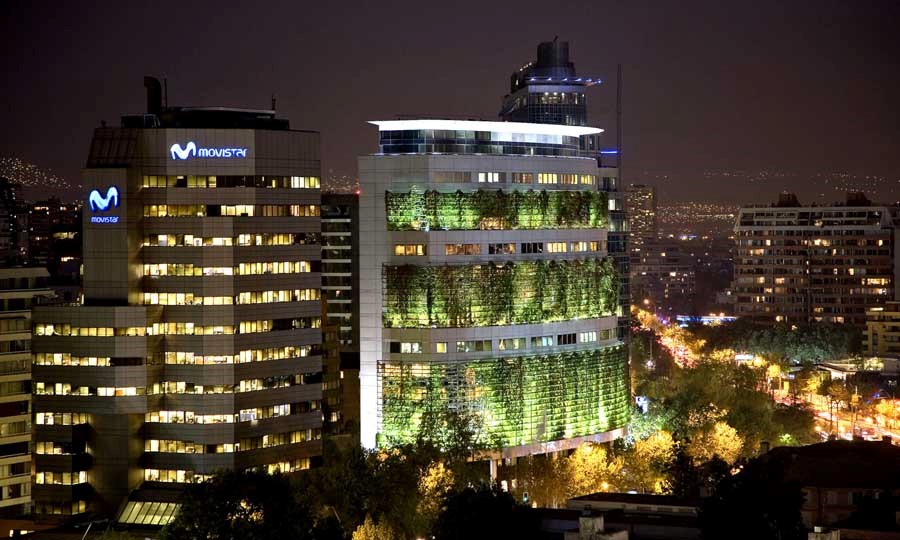
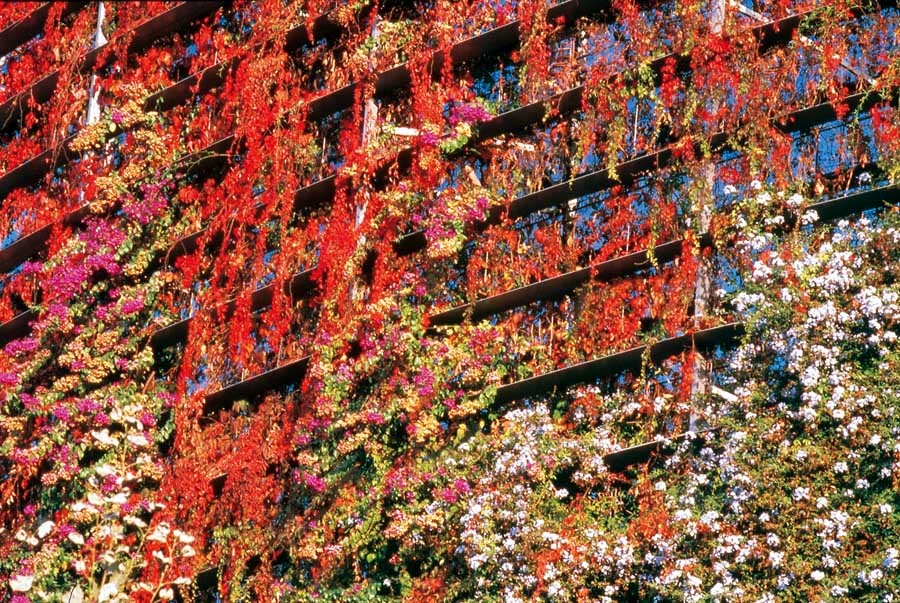
References
http://zielona.um.warszawa.pl/sites/all/files/Za%C5%82%C4%85cznik%20nr%207%20-%20Standardy%20Zieleni.pdf
https://suw.biblos.pk.edu.pl/resources/i5/i4/i6/i0/r5460/LakomyK_NowoczesneSystemy.pdf
https://czasopisma.up.lublin.pl/index.php/ah/article/view/1005/721
https://www.researchgate.net/publication/266078897_Green_wall_systems_A_review_of_their_characteristics
